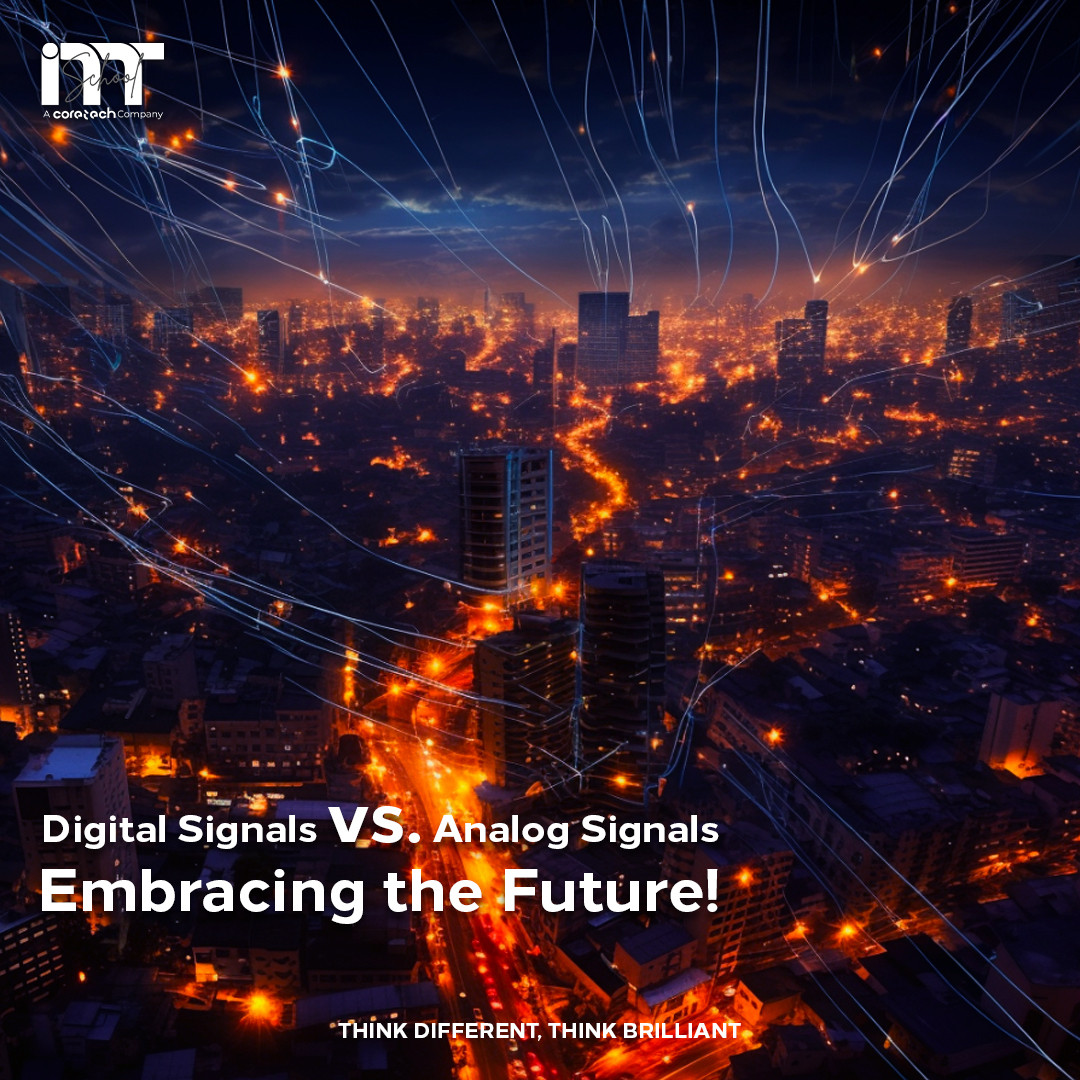
Digital Signals VS. Analog Signals
🌟 Digital Signals vs. Analog Signals: Embracing the Future! 🌟
In the world of electronics, communication, and data processing, there's an ongoing debate between digital and analog signals. While both have their advantages, digital signals offer several key benefits that make them a popular choice in modern systems. Let's explore why digital signals are taking the lead! 🚀
✨ Advantages of Digital Signals:
-
Noise Immunity: Digital signals are less susceptible to noise and interference, ensuring accurate and reliable data transmission even in challenging environments.
-
Easy Processing: Digital data can be easily processed, stored, and manipulated using microprocessors and digital signal processors (DSPs), allowing for efficient and precise signal processing.
-
High Fidelity: Digital signals can maintain their quality over long distances and multiple processing stages, reducing signal degradation and ensuring consistent performance.
-
Scalability: Digital technology is highly scalable, enabling seamless integration of new features, increased storage capacity, and improved processing power.
-
Compatibility: Digital data is compatible with a wide range of digital devices and systems, making it easier to create interconnected and versatile solutions.
🎯 While analog signals have their own merits, especially in certain applications where continuous data is crucial, digital signals have become the preferred choice in many areas due to their numerous benefits. As technology continues to advance, digital signals pave the way for innovation, enhanced performance, and endless possibilities. 📈





